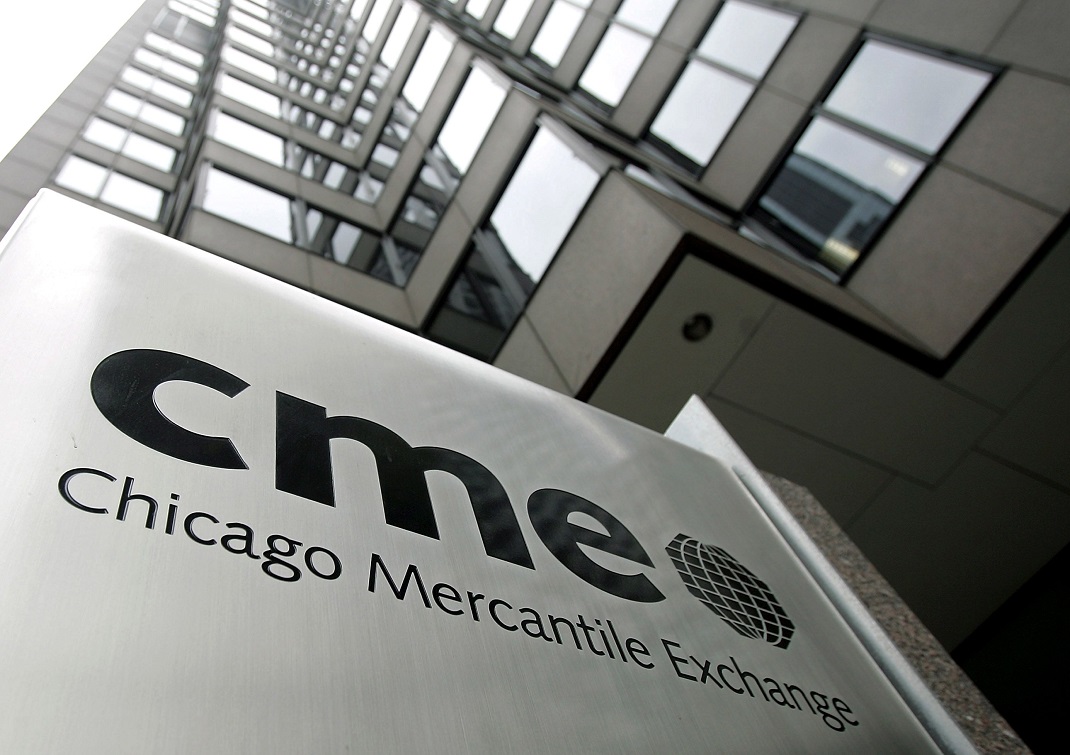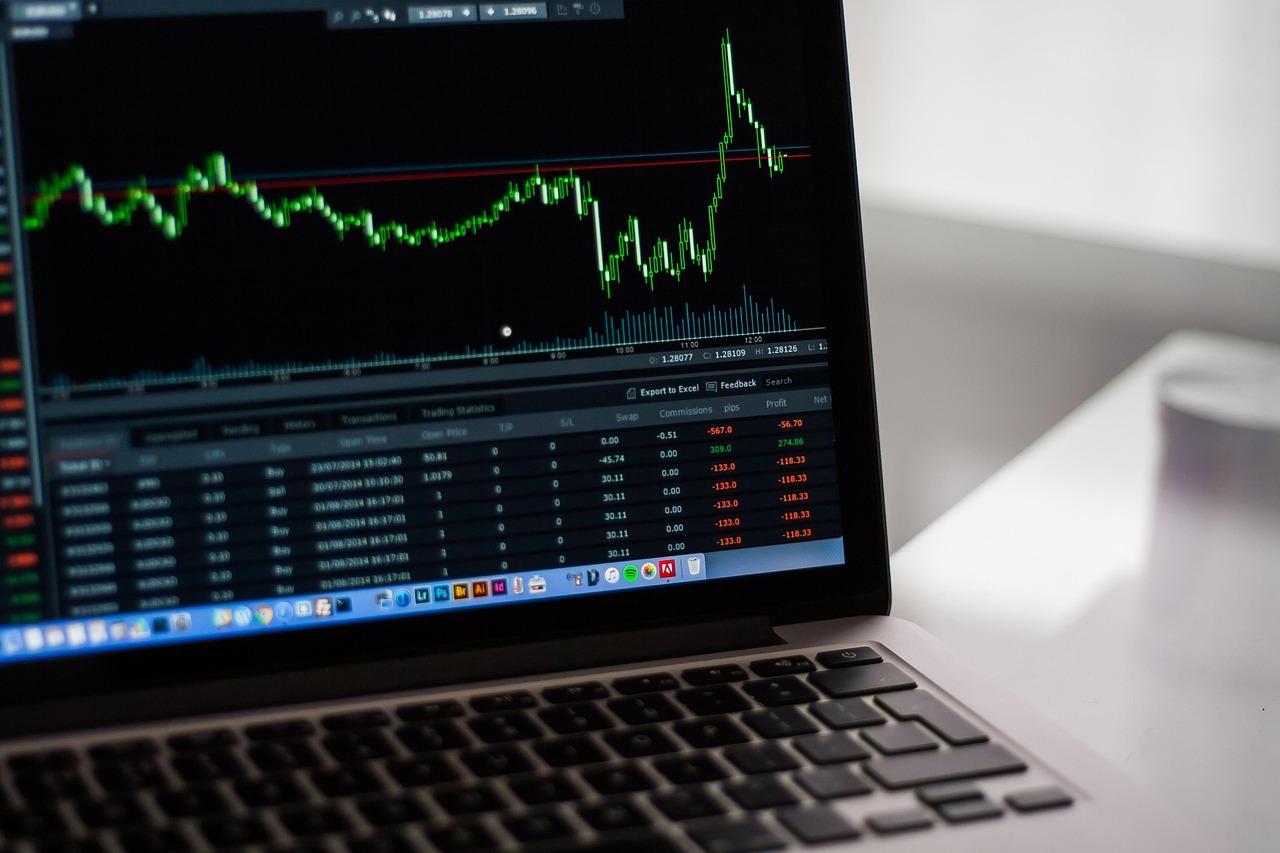Volatility metrics for bitcoin (BTC) and the S&P 500 are signaling a potential synchronized year-end rally as expectations for a Federal Reserve rate cut surge. Bitcoin’s options-based 30-day implied volatility index, BVIV, has fallen back to 51% after briefly spiking near 65% during last week’s sharp price correction, when BTC dropped from roughly $96,000 to $80,000. Deribit’s DVOL index shows a similar pattern, underscoring how crypto volatility has increasingly mirrored swings seen in traditional markets.
Wall Street’s VIX index also surged to 28% ahead of Nov. 21 before easing to around 17%, reinforcing the shift toward calmer market conditions. As volatility cools, sentiment appears to be stabilizing, helping both stocks and bitcoin regain momentum. BTC has rebounded above $91,000, continuing its inverse correlation with volatility — a trend that reflects its gradual alignment with mainstream asset behavior.
The easing in volatility coincides with a sharp jump in expectations for a December Fed rate cut. Rising rate-cut odds have boosted risk appetite and reduced demand for downside hedges across crypto options markets. According to Dr. Sean Dawson, head of research at Derive, markets are “balancing on a knife’s edge,” but improving sentiment is clear as the probability of a 25-basis-point cut surged from 39% to nearly 87% within a week.
Lower anticipated borrowing costs have reduced demand for bitcoin put options on both Deribit and Derive, with one-week and one-month call-put skews improving to about -5%, up from as low as -10% last week. Traders are still paying for downside protection, but the reduced premiums indicate fading panic and unwinding defensive positions. With fear receding and liquidity expectations rising, bitcoin and equities may be poised for a stronger close to the year.























Comment 0